Analytics is the science of examining raw data with the purpose of drawing conclusions about that information and using it for decision-making. Before the formal written language, there were pictures which shared ideas, plans, and history. Most of the knowledge that we have of our ancestors is from these pictures drawn on caves or monuments. In todays world, visualizations in the form of bar charts, scatter plots, or dashboards are essential tools in business intelligence as they help managers to absorb information and take apt decisions quickly. Dashboards in particular are very helpful for managers as multiple charts and graphs giving the latest information about sales, returns, market share, etc. keep them up to date on the latest developments in the company. There are a number of visualization software in the market which are easy to learn and communicate the analyzed data in an easily understood form; the leading ones being Tableau, QlikView, etc. with each one having its positives. This chapter also looks at the pairing of visualization tools with different measurements of data.
Introduction
The application of Data Science has immensely benefited corporates by driving productivity, encouraging faster and better decision-making, enabling smarter hiring, and thus increasing net revenues. It has benefited customers by giving them faster access to all kinds of information, communication platforms, and services in the form of search engines like Google and Bing, flight ticket booking websites like shows the jobs that are projected to grow the fastest for 10 years up to the year 2028 in the United States:
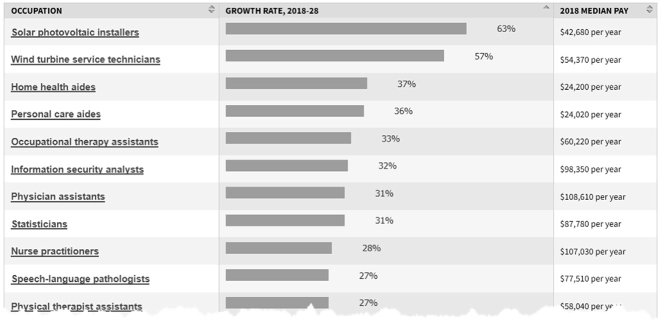
Fig. 1. The 10 Jobs Projected to Grow Fastest in the United States. Source: US Bureau of Labor Statistics, Occupational Outlook Handbook.
As is clear from the graph in relationships, and stories pictorially and through dashboards. It has been proven that the human brain can absorb information faster and better when it is shown pictorially. Researchers (Potter, Wyble, Hagmann, & Emily, 2014) have stated that we human beings react to and process visual data fastest as our brain processes visualzing 1380 milliseconds as compared to text, where the brain takes more than 200 milliseconds to process text (Hauk, Davis, Ford, Pulvermlle, & Marslen-Wilson, 2006)! As we process visual data better than numerical or textual data, we should employ this ability to enhance organizational effectiveness by processing information through visual mediums.
A 2018 NASSCOM (National Association of Software and Services Companies) report (Zinnov, 2018) Talent Demand and Supply Report AI and Big Data Analytics says that presently there are 3,70,000 jobs in data analytics, and there will be a demand of another 2,30,000 jobs in the field of Artificial Intelligence (AI) and Business Data Analytics in the year 2020. The report interestingly points out that 70% of these jobs demand visualization skills and in particular the ability to work on popular platforms like Excel, Tableau, QlikView, Power BI, etc. This shows that while data analysis is delivering value to corporates across domains, and its use is becoming widespread within organizations there is a need for simplifying the analysis to make it more usable to a larger audience.
In order to understand the efficacy of visualization, the following example is considered. Recent reports cite the fact that through the years 20182055, Indias working-age population, i.e., people between 15 and 64 years of age, is becoming more than those dependent on them, which is children below 15 years and adults above 65 years of age. Given below are data which have been drawn from the Indiastat (.
At a first look, it is easy to see that 17.1% of Indias population is below 10 years of age and 9.4% is between 10 and 14 years, it takes time to register the other age groups and their proportion in the population. While this is a compact table, it is very difficult to compare across different age groups, and it is not possible to look at the larger picture. It is easier to get a feel of Indias age breakup and marital status by examining the same data in the graph given in .
In (Yes, it takes nearly two hours!!!). No prizes for guessing which is more helpful!
Table 1. Indias Population Breakup and Corresponding Marital Status.
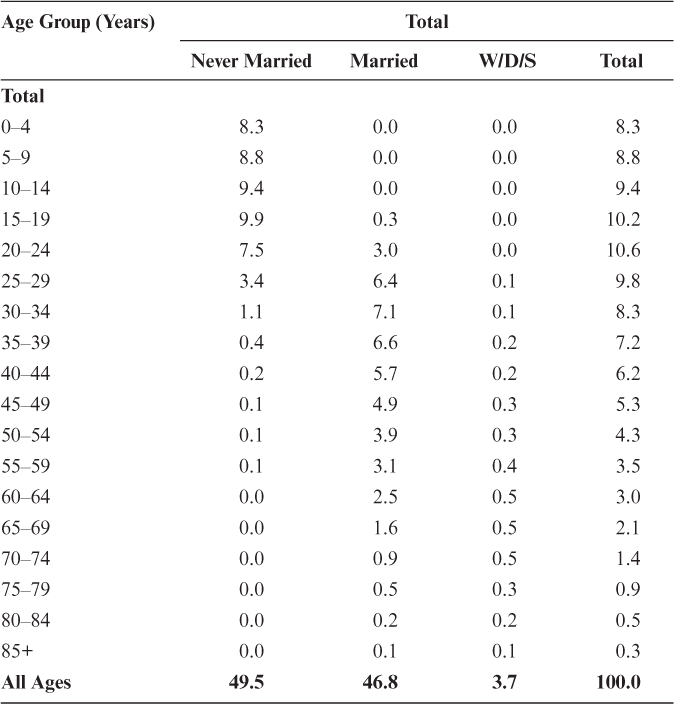
Source: Office of the Registrar General and Census Commissioner, India (ON1960; https://censusindia.gov.in/2011census/C-series/c-2.html).
Note: W/D/S: widowed/divorced/separated.
Recently, pop singer Rihanna (source: https://djmag.com/news/rihanna-announces-visual-autobiography) announced that she would be sharing her autobiography through a new medium which was through pictures, thereby coining a new term visual autobiography. Such is the power of pictures that even autobiographies are going visual! Whether it is stunning portrayals on the migratory route of birds across Europe (https://twitter.com/SteveStuWill/status/1175367233180065792) on Twitter, helping school students learn geography (Holmes, 1996), successfully planning large projects like urban developments and daily hospital routine (Hahn & Zimmermann, 2011) or a description of how art collections are managed, accessed, and used (Bailey & Pregill, 2014), visualization have moved a long way from simple charts to being a potent tool in revealing patterns and uncovering narratives in a way that is easy to understand and a joy to behold.
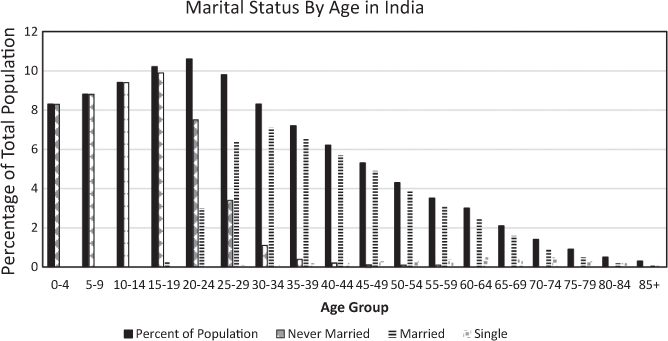
Fig. 2. Marital Status by Age in India. Source: Census of India, Indiastat.
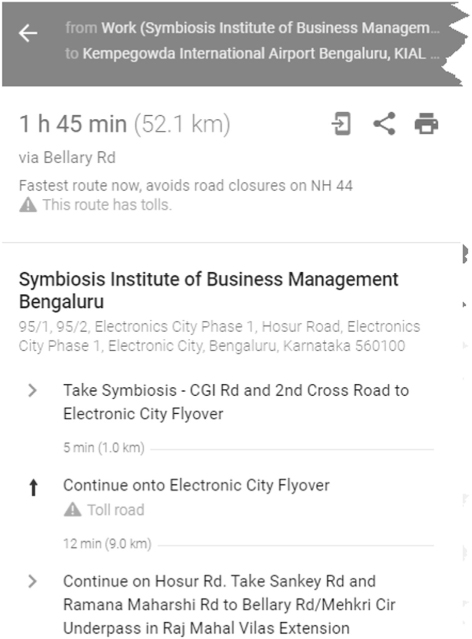
Fig. 3. Directions Given by Google Maps.
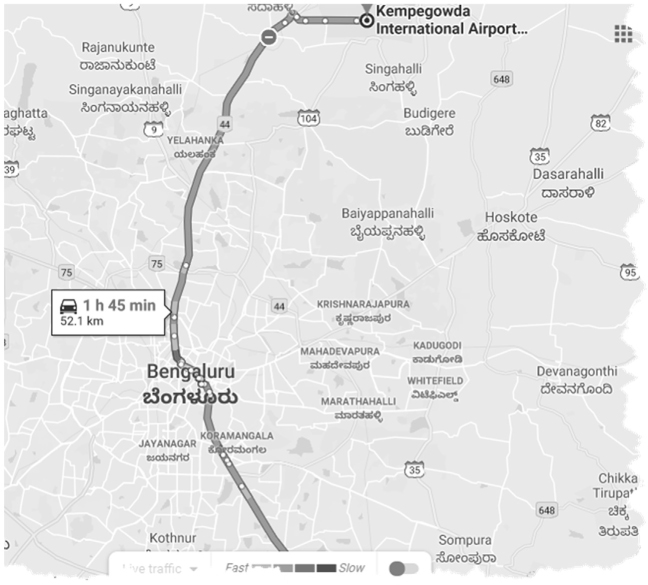
Fig. 4. Directions Given by Google Maps in the Form of a Picture.
Anew field is the geo visualization of consumer data, which is of particular value to corporates. In their chapter, OBrien and Cheshire (2018) state that as the volume and variety of spatially referenced consumer data grows, there is an unrivaled need for it to be analyzed and communicated. Consumers are interested in knowing what their data say about them, retailers want to exploit data to drive sales, and researchers analyze such data to comprehend social processes. Interactive maps are a proven tool in facilitating data access across these groups. They communicate insights, in addition to providing an interface through which subsets of large and complex databases can be downloaded for further analysis.
All activities and plans are now being datafied as most communications are now being recorded as digital data (Cukier & Schnberger, 2013; Van Es & Schfer, 2017). As the amount of data keeps increasing, the open data movement argues that data are a public good and seek to democratize the production of information and knowledge. The access and reusability of public information keeps governments and corporations on its toes as it allows for active citizen participation. The challenge facing this movement is that data must not only be made accessible but also understandable. Data visualizations are commonly used to make sense of data and to communicate that sense (Kitchin, 2014, p. 106). These publicly available visualizations are being used in diverse fields and in diverse ways urban dashboards, for instance,

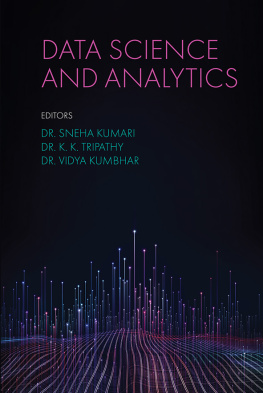
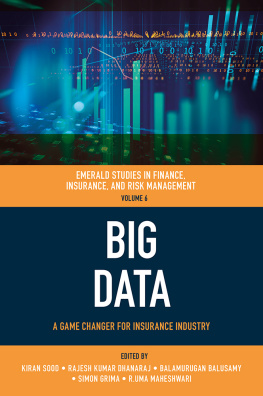
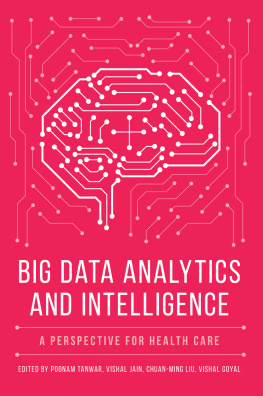

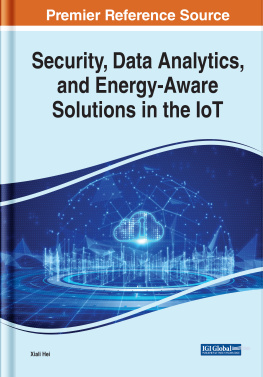
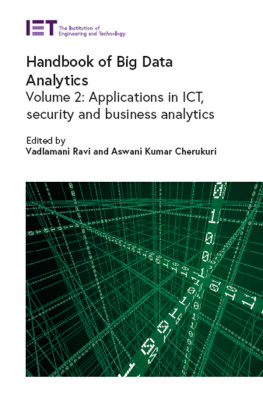
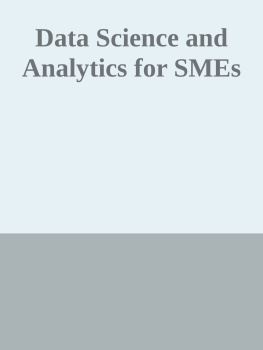
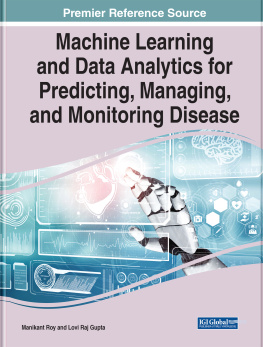
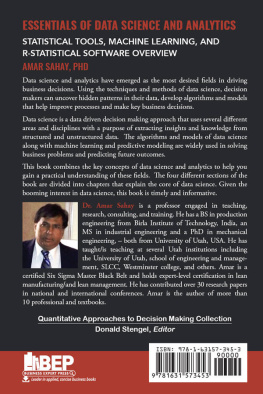


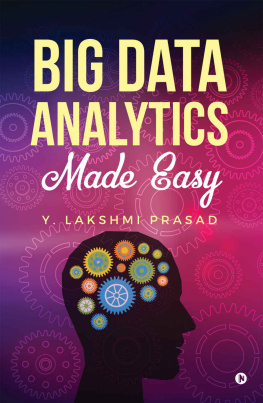
![EMC Education Services [EMC Education Services] - Data Science and Big Data Analytics: Discovering, Analyzing, Visualizing and Presenting Data](/uploads/posts/book/119625/thumbs/emc-education-services-emc-education-services.jpg)




